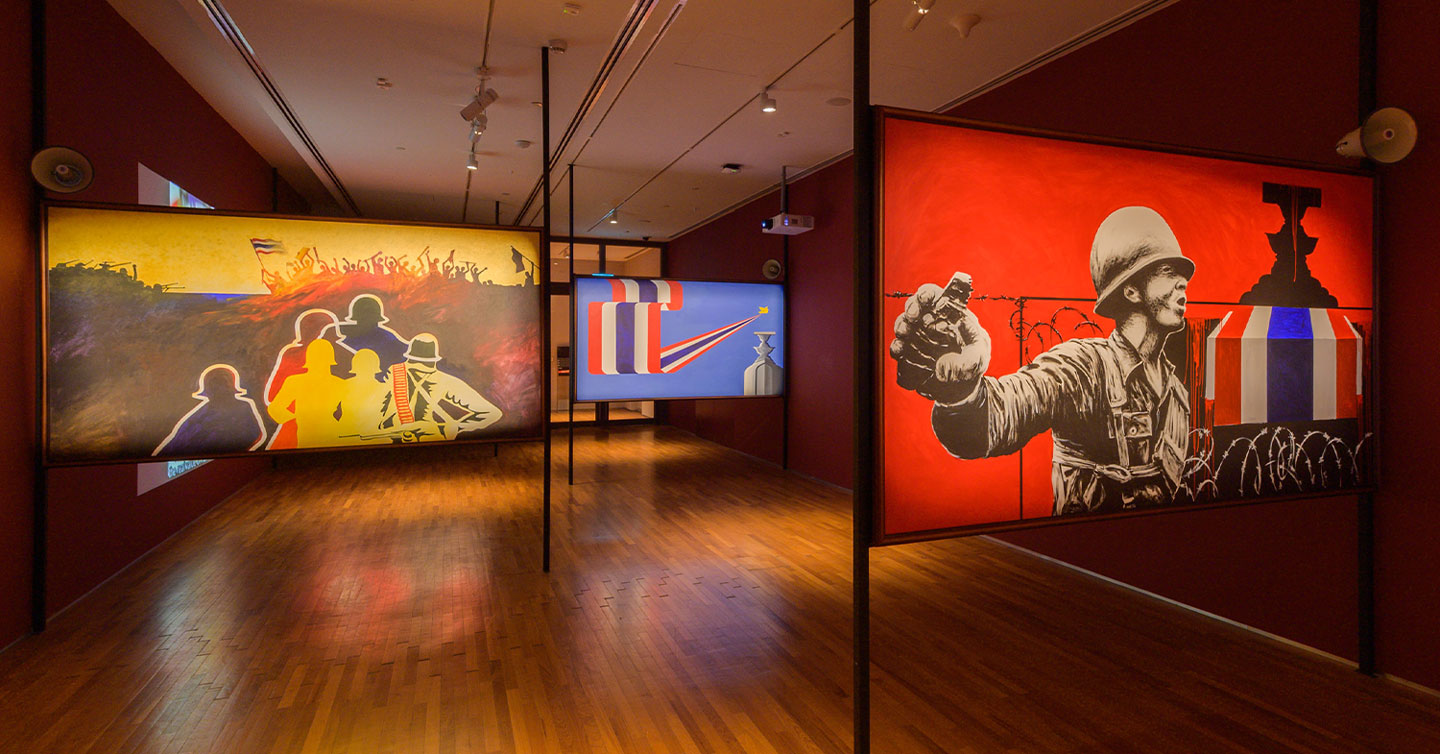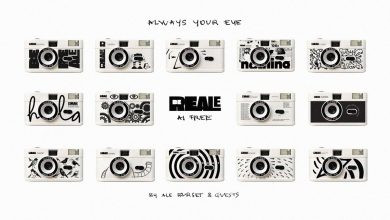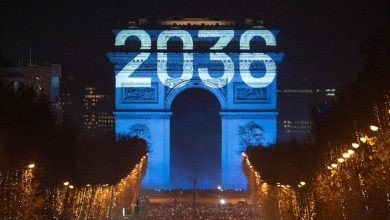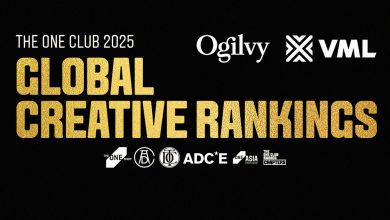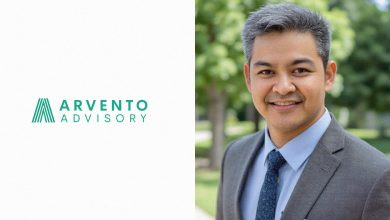Singapore, 10 June 2019 – The period between the 1960s and 1990s was characterised by ideological confrontations, a rise in nationalism, rapid modernisation, and a wave of democratic movements across Asia. Significantly, it also gave birth to a multitude of experimental art practices as artists and the wider public were awakened to the emancipatory power of art to shape and assert their identities. Spotlighting this critical turning point is the latest exhibition at National Gallery Singapore, Awakenings: Art in Society in Asia 1960s-1990s, which will make its Southeast Asian premiere on 14 June 2019, following successful showings in Japan and Korea.
Featuring 142 provocative artworks by more than 100 artists from 12 countries in Asia, the exhibition is jointly co-organised by the Gallery, Museum of Modern Art Tokyo (MOMAT), Museum of Modern and Contemporary Art Korea (MMCA) and the Japan Foundation Asia Center. It chronicles one of the region’s most turbulent periods through a transnational artistic lens, with a focus on the radical qualities of experimental practices in Asia. Importantly, Awakenings outlines how artists questioned conventions and challenged those around them to assume new positions of criticality in society. Such social movements and concerns continue to be relevant today. Audiences are invited to re-examine their understanding of Asia over the three decades, which collectively saw the re-evaluation of politics, society, economics, and culture. And through this explorative journey of deep introspection, reflect upon the role that art continues to play, in serving as an expressive tool that brings important social issues to the fore.

Dr. Eugene Tan, Director of National Gallery Singapore, said, “While Asia is known for its diverse cultures, languages, and traditions, the countries also have much in common artistically. Awakenings: Art in Society in Asia 1960s-1990s reveals unexpected connections and resonances across the region, spurred by a collective hunger for change, innovation, and the desire to achieve social communion through art. It also aims to shift the perspective that the artistic revolutions in Asia were largely influenced by movements from the West to how experimental art emerged from local social and cultural contexts. This partnership with MOMAT and MMCA continues the Gallery’s trajectory in broadening and deepening the scholarship pertaining to our region’s post-war art that will critically situate Asia in global art history.”
 Four years in the making, the exhibition draws on the expertise, collections and networks of the three institutions to illustrate this multi-layered history for the first time. It is structured in three sections – Questioning Structures, Artists and the City, and New Solidarities. Artists at that time found intersections between art and activism as they questioned invisible but dominant structures of power in society. They sought to express the struggles felt by the marginalised with the rise of rapid urbanisation and consumer capitalism. Art was relocated into everyday reality and public space to communicate these common ideas among the people. A new awareness of subjectivity and broad criticisms of Western modernism also led to the emergence of various aesthetic experiments and movements that looked to escape the modern concept of ‘art for art’s sake’ and to bridge the gap between art and everyday life. ‘Awakening’, in this case, thus refers to this heightened awareness towards politics, the emergence of new artistic attitudes, and a newfound belief that aesthetic voices could respond to the region’s own geopolitical contexts.
Four years in the making, the exhibition draws on the expertise, collections and networks of the three institutions to illustrate this multi-layered history for the first time. It is structured in three sections – Questioning Structures, Artists and the City, and New Solidarities. Artists at that time found intersections between art and activism as they questioned invisible but dominant structures of power in society. They sought to express the struggles felt by the marginalised with the rise of rapid urbanisation and consumer capitalism. Art was relocated into everyday reality and public space to communicate these common ideas among the people. A new awareness of subjectivity and broad criticisms of Western modernism also led to the emergence of various aesthetic experiments and movements that looked to escape the modern concept of ‘art for art’s sake’ and to bridge the gap between art and everyday life. ‘Awakening’, in this case, thus refers to this heightened awareness towards politics, the emergence of new artistic attitudes, and a newfound belief that aesthetic voices could respond to the region’s own geopolitical contexts.
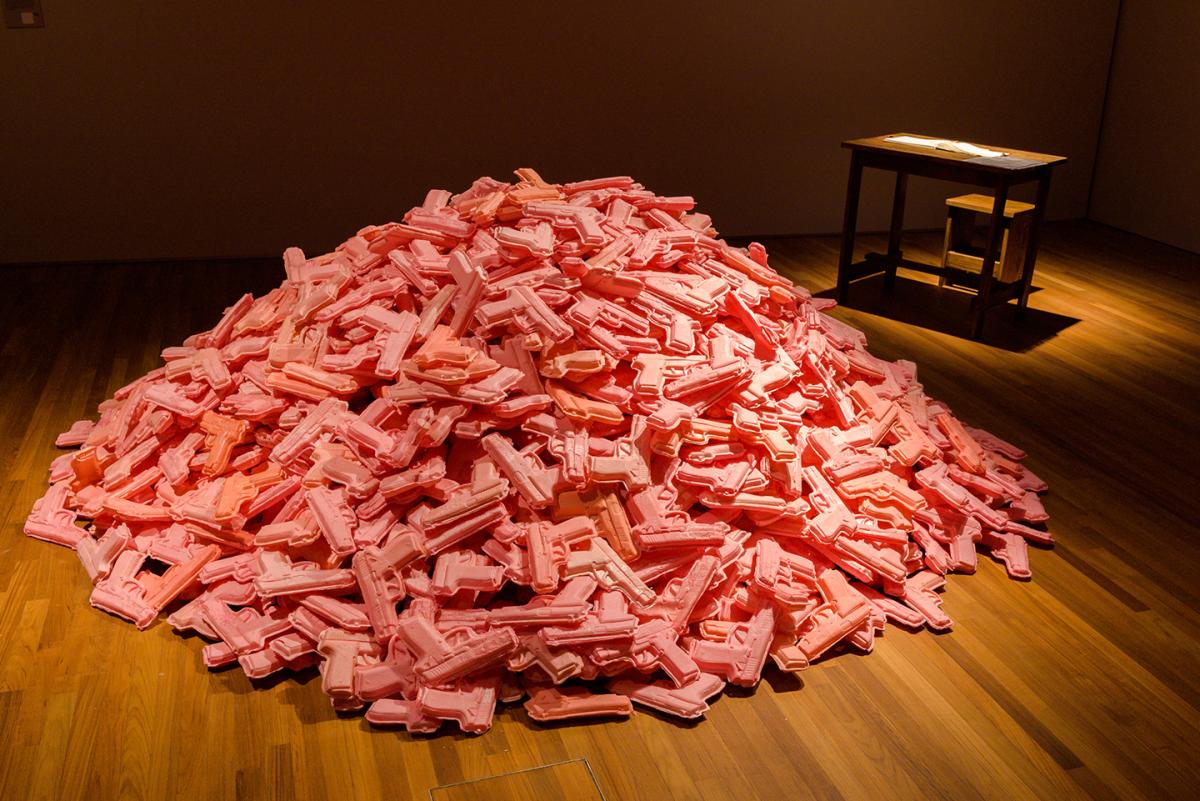
This strong determination to effect change led to redefined boundaries for art in Asia. Artists began to experiment with new technologies and materials to capture local stories, including using their own bodies in performance art, photography and video and incorporating everyday objects into installations. At the same time, new artistic collectives formed around the region, using art as a means of socio-cultural communication, and developing localised responses to some of these shared issues.
In Japan and South Korea, the Zero Jigen and minjung artists intervened into the daily routines of the city, respectively staging naked performances in urban spaces, and using art as agitation in the struggle for democracy. The Artists Village in Singapore advocated for socially engaged art, while KASIBULAN in the Philippines were trailblazers in raising awareness of issues such as gender relations and women’s liberation through their works. Students also expressed themselves through art, including activists in Thailand’s United Artists’ Front who opposed art produced for the capitalist interests of those in power.


The exhibition in Singapore will feature a significant selection of works from Southeast Asia, exploring the intersections of experimental practices in the region, and their social and political contexts, with the rest of Asia and beyond. Major works include Reptiles (1989, remade in 2013) by Huang Yong Ping and Eceng Gondok Berbunga Emas (Water Hyacinth with Golden Roses) (1979, remade in 2017 and 2019) by Siti Adiyati. Tang Da Wu’s seminal work, They Poach the Rhino, Chop Off His Horn and Make This Drink (1989) will also be exhibited for the first time in this exhibition since its acquisition by the Gallery.
To guide visitors, informative wall labels, audio guides, exhibition brochures and a richly illustrated catalogue will be available on-site. A detailed timeline tracing key moments in the region’s history in relation to the evolution of its various art scenes will also be available on the Gallery’s website. In addition, a diverse programme of artist talks, curator-led tours, workshops, panel discussions, and a symposium will enrich visitors’ experience of the exhibition and inspire insightful conversations.

Awakenings: Art in Society in Asia 1960s-1990s is co-curated by Seng Yu Jin, Adele Tan, Charmaine Toh and Cheng Jia Yun from National Gallery Singapore, Suzuki Katsuo and Masuda Tomohiro from MOMAT, and Bae Myungji and Ryu Hanseung from MMCA. It will be on show at the Singtel Special Exhibition Gallery until 15 September 2019.
Ms. Chua Sock Koong, Group CEO of Singtel, the Lead Sponsor for Awakenings: Art in Society in Asia 1960s-1990s said, “We are pleased to present this exciting exhibition that throws the spotlight on this critical period when artists in Asia were boldly experimenting and redefining boundaries for art against the backdrop of tumultuous political, economic and social developments in the region. As Asia’s leading communications group, we have a long history of supporting the arts and innovation. We hope people will leave the exhibition inspired by the bold and liberal pursuits of that generation.”
Entry to the exhibition costs $15 for Singaporeans and Permanent Residents, and $25 for Non-Singaporeans.
For more information, please visit https://www.nationalgallery.sg/see-do/programme-detail/28983113/awakenings-art-in-society-in-asia-1960s-1990s

